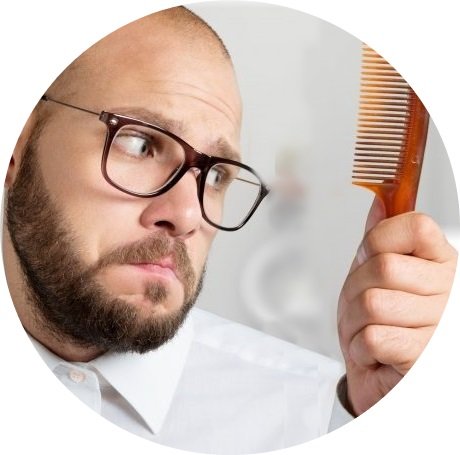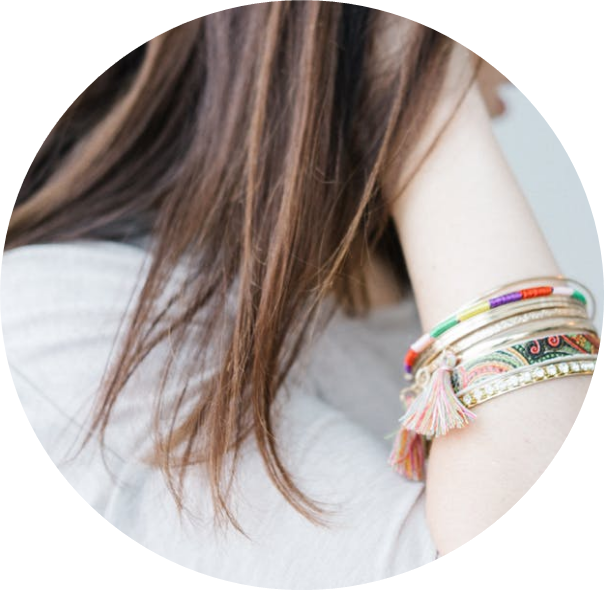The most common myths about hair loss in men
If your hair is starting to thin or you already have bald spots, you probably feel a strong desire to know exactly what the cause of your problem is. In this quest for information, you may find numerous myths and misconceptions about the causes, treatment, and hair loss in men that we would like to debunk.
Here are some of the most popular myths and the scientific explanations that contradict or support them.
Genes that cause hair loss come only from the mother
False. Although genetic inheritance from the mother is somewhat stronger, androgenetic alopecia can be inherited from both parents.
Bald men have a high level of testosterone
False. Hair loss is caused by an increased sensitivity of hair follicles – in certain areas of the scalp – to dihydrotestosterone which causes thinning of the hair follicle and not by high levels of testosterone.
You can determine if baldness is caused by genetic inheritance depending on the amount of hair falling out
False. Unlike popular belief, baldness is not due to the fall of a massive amount of hair, but rather due to the really small amount of hair that is being replaced periodically. In men who go bald, the fallen hair is gradually replaced by increasingly rare and thinner hair – a process called miniaturization.
Hair loss in men is caused by a decrease in blood flow from the scalp
False. When hair is growing, it needs an increased blood flow. Once you lose your hair, the scalp no longer needs the same amount of blood to support the hair growth process. Therefore, decreasing blood flow from the scalp is not a cause of hair loss, but rather a result of this process.
If you quit smoking you can avoid hair loss
False. Although several studies have confirmed the strong relationship between this harmful habit and the accentuation of hair loss, smoking alone is not the basis for hair loss. However, quit smoking and your overall health will be greatly improved.
Only men suffer from genetic hair loss
False. Hair loss is generally seen as a problem for men but women are also affected. In about 40% of women the hair will be thinner throughout their lives.









